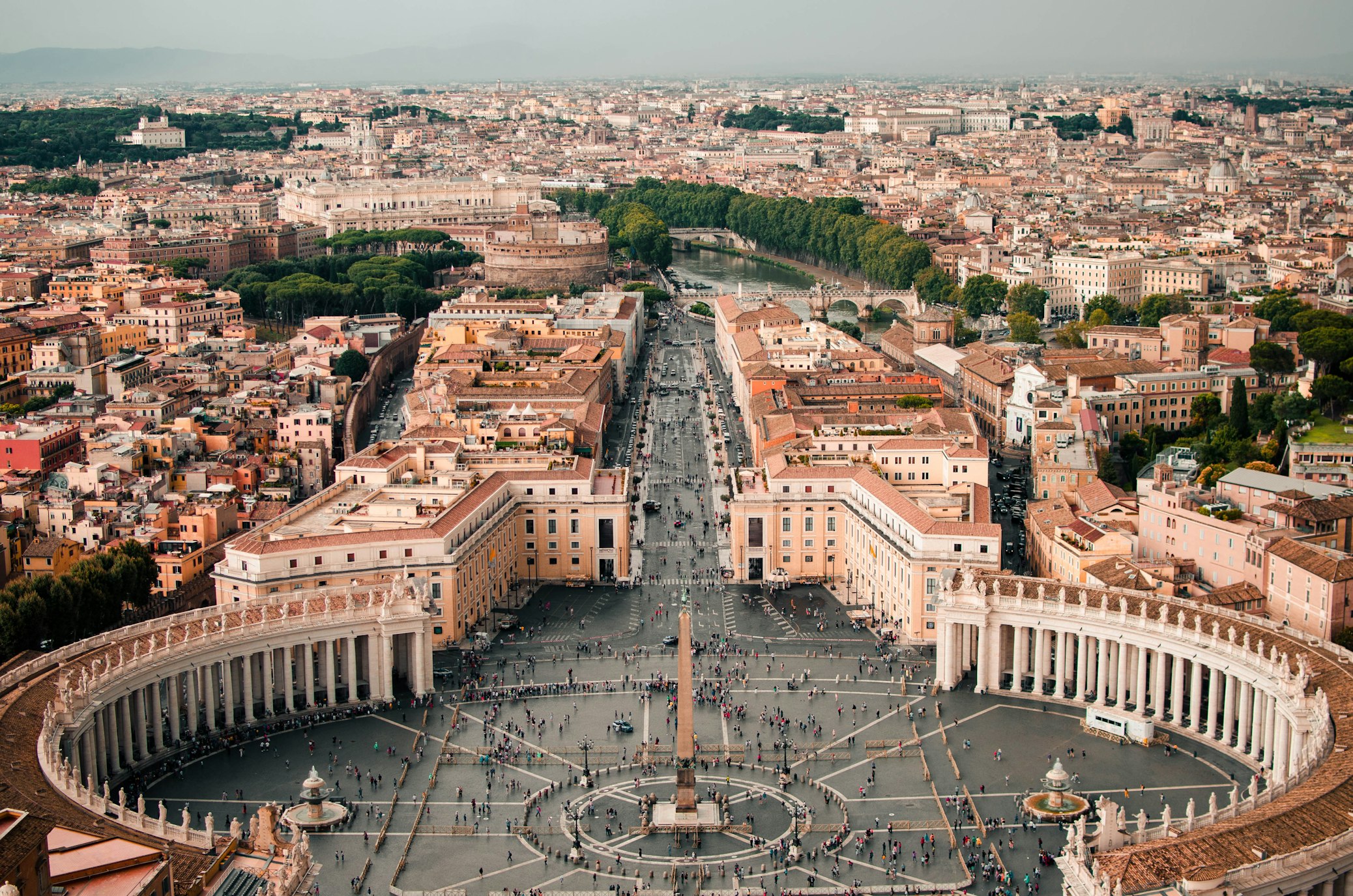Rome

Rome, the Eternal City, stands as a living museum to a splendid past, where every street, building, and corner holds a story. As the capital of Italy and once the heart of the vast Roman Empire, Rome encapsulates more than 2,800 years of history, art, and culture. Its unparalleled historical sites, vibrant street life, and culinary delights make it one of the world’s most visited cities, where ancient ruins coexist with the vibrancy of modern Italian life.
At the core of Rome’s historical richness is the Colosseum, an iconic symbol of Roman engineering and gladiatorial combat. Nearby, the Roman Forum offers a walk through the heart of the ancient city, amidst the ruins of temples, marketplaces, and political buildings that were the center of Roman public life. The Pantheon, with its magnificent dome, stands as a testament to the architectural brilliance of the ancient Romans, still marvelously intact and serving as a bridge to a time when Rome ruled the known world.
Vatican City, an independent city-state enclaved within Rome, is the spiritual and administrative center of the Roman Catholic Church. It is home to the Pope and a treasure trove of art and architecture, including the awe-inspiring St. Peter’s Basilica and the Sistine Chapel, famous for Michelangelo’s ceiling and The Last Judgment.
Rome’s historical narrative is complemented by its vibrant urban fabric. The city’s piazzas, such as Piazza Navona and Piazza di Spagna, are open-air salons where locals and visitors alike gather to enjoy the beauty of Roman life. The Spanish Steps, leading up to the Trinità dei Monti church, offer a picturesque setting that has inspired poets, artists, and travelers for centuries.
Artistic heritage is a cornerstone of Rome’s identity, with numerous galleries and museums showcasing works that span from classical antiquity to contemporary. The Capitoline Museums, the world’s oldest public museums, house a significant collection of Roman statues and artifacts, while the Galleria Borghese displays masterpieces by Caravaggio, Bernini, and Titian in a splendid villa surrounded by gardens.
The culinary culture of Rome is integral to its charm, offering a gastronomic journey through flavors that are as rich and varied as its history. Traditional Roman cuisine, such as carbonara, amatriciana, and cacio e pepe, reflects the city’s rustic, hearty culinary traditions. Rome’s cafes, gelaterias, and markets, like those in the Testaccio and Trastevere neighborhoods, provide a taste of everyday Roman life and its local delicacies.
Beyond the well-trodden tourist paths, Rome’s charm lies in its ability to blend the ancient with the contemporary, where centuries-old churches can be found next to modern boutiques and where historical sites serve as backdrops for lively modern-day activities. The city’s parks and gardens, such as the Villa Borghese and the Appian Way Regional Park, offer green spaces that provide a respite from the urban hustle, allowing visitors and locals to enjoy the city’s natural beauty.
In conclusion, Rome is a city that enthralls with its layers of history, culture, and vitality. It invites exploration and contemplation, offering endless discoveries that captivate the mind and delight the senses. Rome is not just a destination; it’s an experience, a place where the past is always present, inviting travelers to wander, to learn, and to be enchanted by the Eternal City.